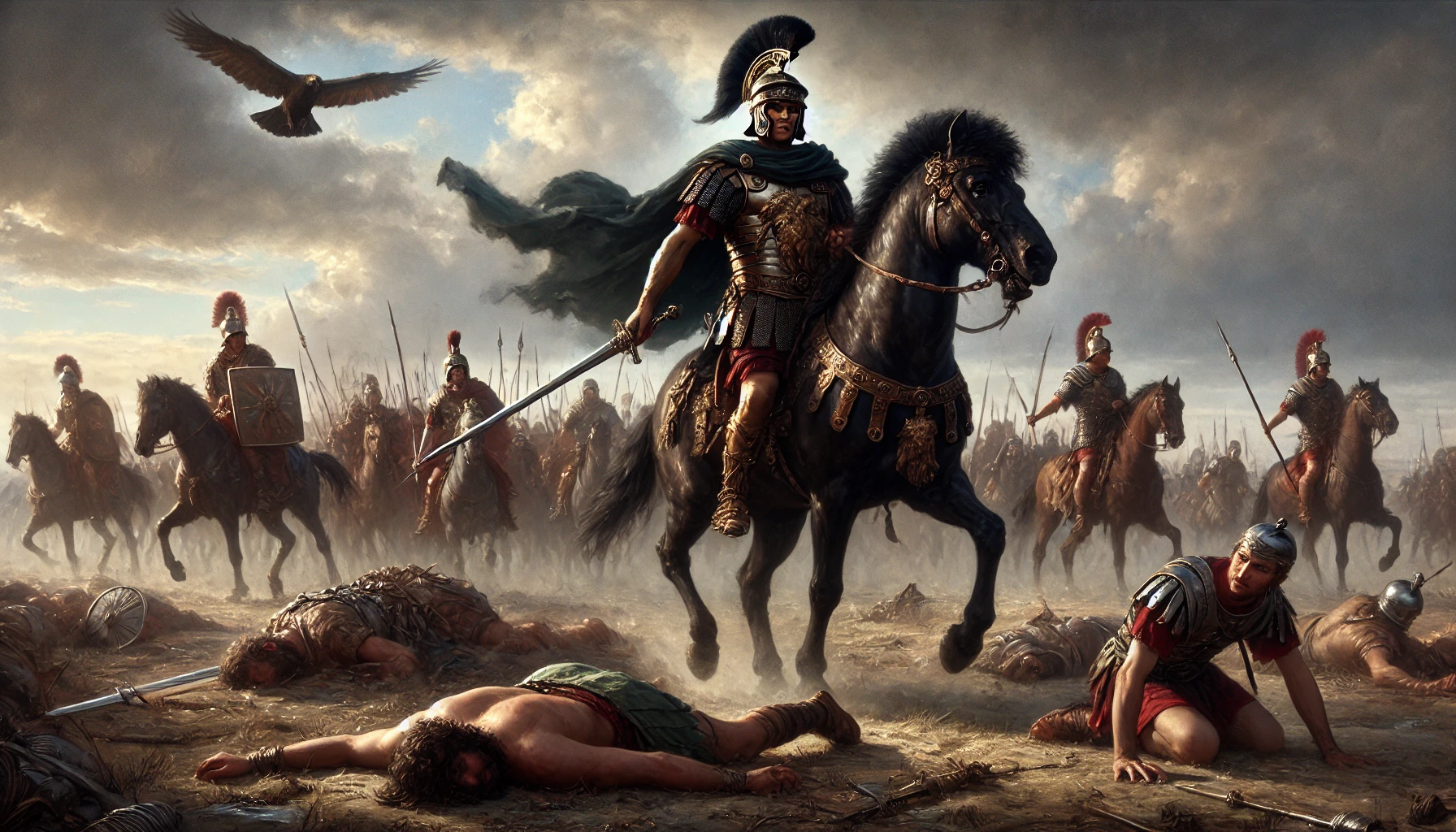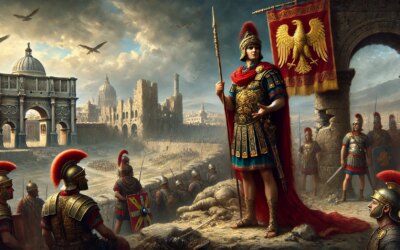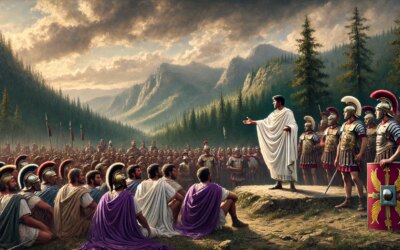Introduction: A Moment of Triumph in an Age of Turmoil
The year 268 AD stood amidst one of the darkest periods in Roman history—the Crisis of the Third Century. Political instability, economic collapse, and relentless foreign invasions plagued the empire. Amid this chaos, Claudius II—later known as Claudius Gothicus—ascended the throne. His brief reign was defined by one of Rome’s last great field victories: the Battle of Naissus, where Roman arms crushed a massive Gothic force and momentarily restored imperial confidence.
Rise of Claudius II
Following the assassination of Emperor Gallienus, Claudius was proclaimed emperor by the army. A military man of Illyrian origin, he had served loyally under Gallienus and was known for his stern discipline and strategic acumen. His rule began during a period when multiple claimants vied for power, and Gothic invasions threatened the Balkans, Moesia, and Thrace.
The Gothic Invasion of 267–268
In one of the largest barbarian incursions of the century, a coalition of Gothic tribes crossed the Danube in 267 AD, launching coordinated raids by land and sea. They sacked cities in the Balkans, burned temples, looted treasuries, and laid waste to vital grain-producing regions. Their numbers reportedly exceeded 300,000, including warriors, families, and camp followers—more a migratory invasion than a mere raid.
Preparation for Battle
Claudius moved swiftly to consolidate his position and prepare a counteroffensive. He gathered legions, reformed command structures, and sought to intercept the Gothic forces as they retreated with plunder. The decisive engagement came near the city of Naissus (modern Niš, Serbia), a key crossroads in the Balkans. The Romans lured the Goths into a battle under false pretense of negotiation—then launched a surprise assault.
The Battle of Naissus
The battle was fierce and protracted. Roman forces, now better coordinated, utilized cavalry to flank and encircle the enemy. After days of combat, the Gothic army was broken. Ancient sources claim over 50,000 Goths were killed, though numbers may be exaggerated. Survivors were either enslaved, resettled, or recruited into the Roman military. It was a crushing blow to the invaders and a rare, complete Roman victory during the crisis years.
Aftermath and Imperial Glory
Claudius was hailed as Gothicus Maximus, a title that adorned coins and monuments. His success bolstered imperial morale and temporarily stemmed the Gothic tide. For a brief moment, it seemed the empire had regained its footing. Claudius began plans to reform the military and continue campaigns, but fate intervened—he died of plague in 270 AD, possibly during a renewed outbreak of the Cyprian Plague.
The Legacy of Claudius Gothicus
Though his reign lasted only two years, Claudius II left an enduring legacy. He restored confidence in the imperial office, secured the Balkans, and provided a model of leadership amid chaos. His death led to the rise of Aurelian, another great soldier-emperor who would continue the work of reunifying the empire. Claudius’ lineage was mythologized in later imperial propaganda, especially by Constantine the Great, who claimed descent from him.
Conclusion: A Last Roman Thunderclap
The Battle of Naissus in 268 AD was not just a tactical victory—it was a psychological triumph for a beleaguered empire. In the figure of Claudius Gothicus, Rome found a warrior-statesman capable of facing existential threats with courage and clarity. Though fleeting, his reign reminds us that even in the depths of imperial crisis, Rome could still summon the might to defend itself—and win.






